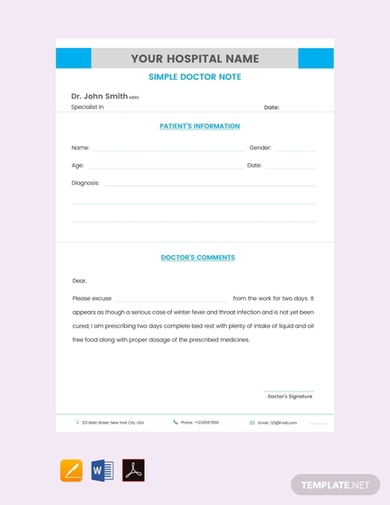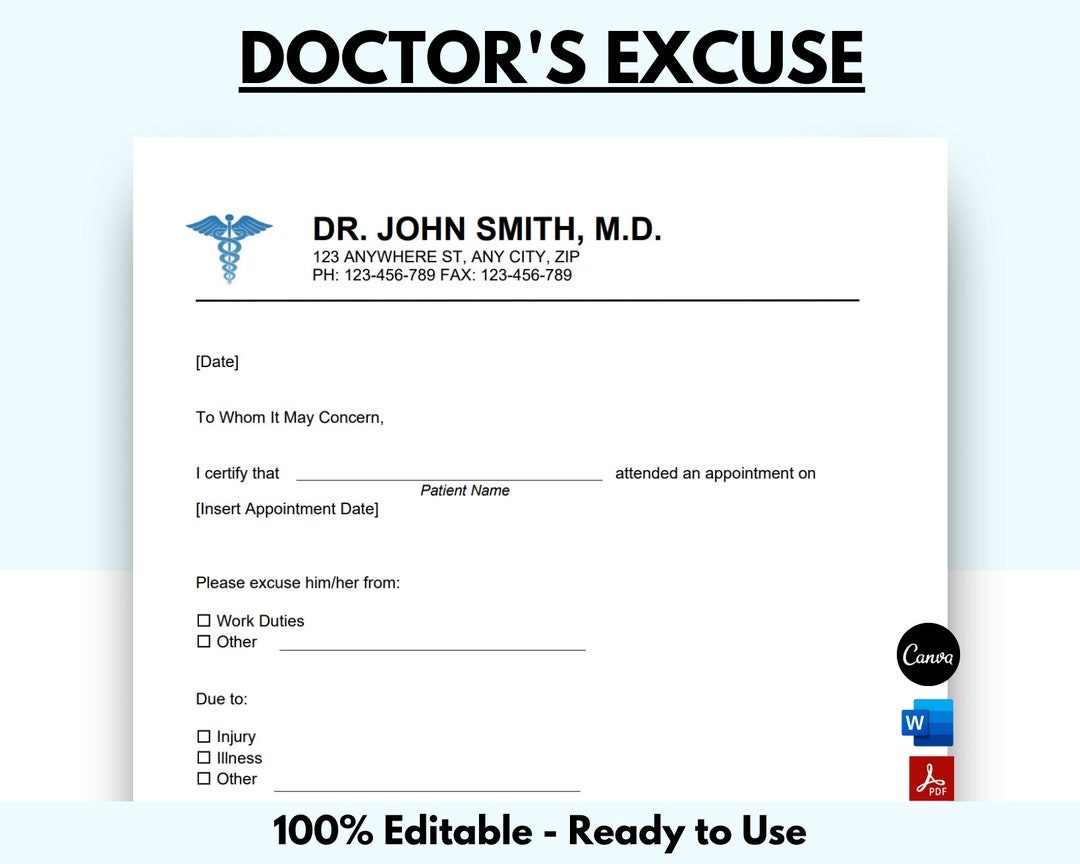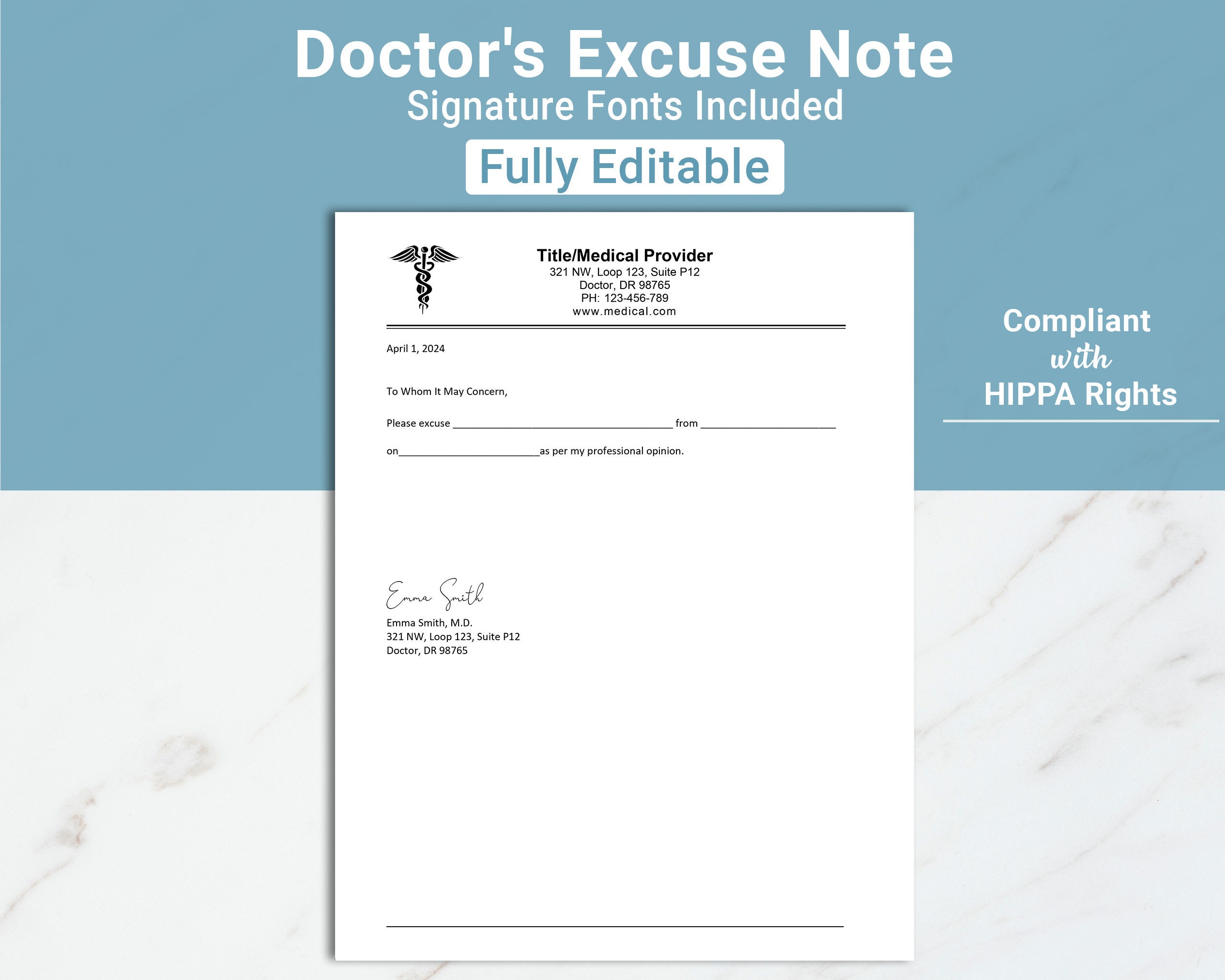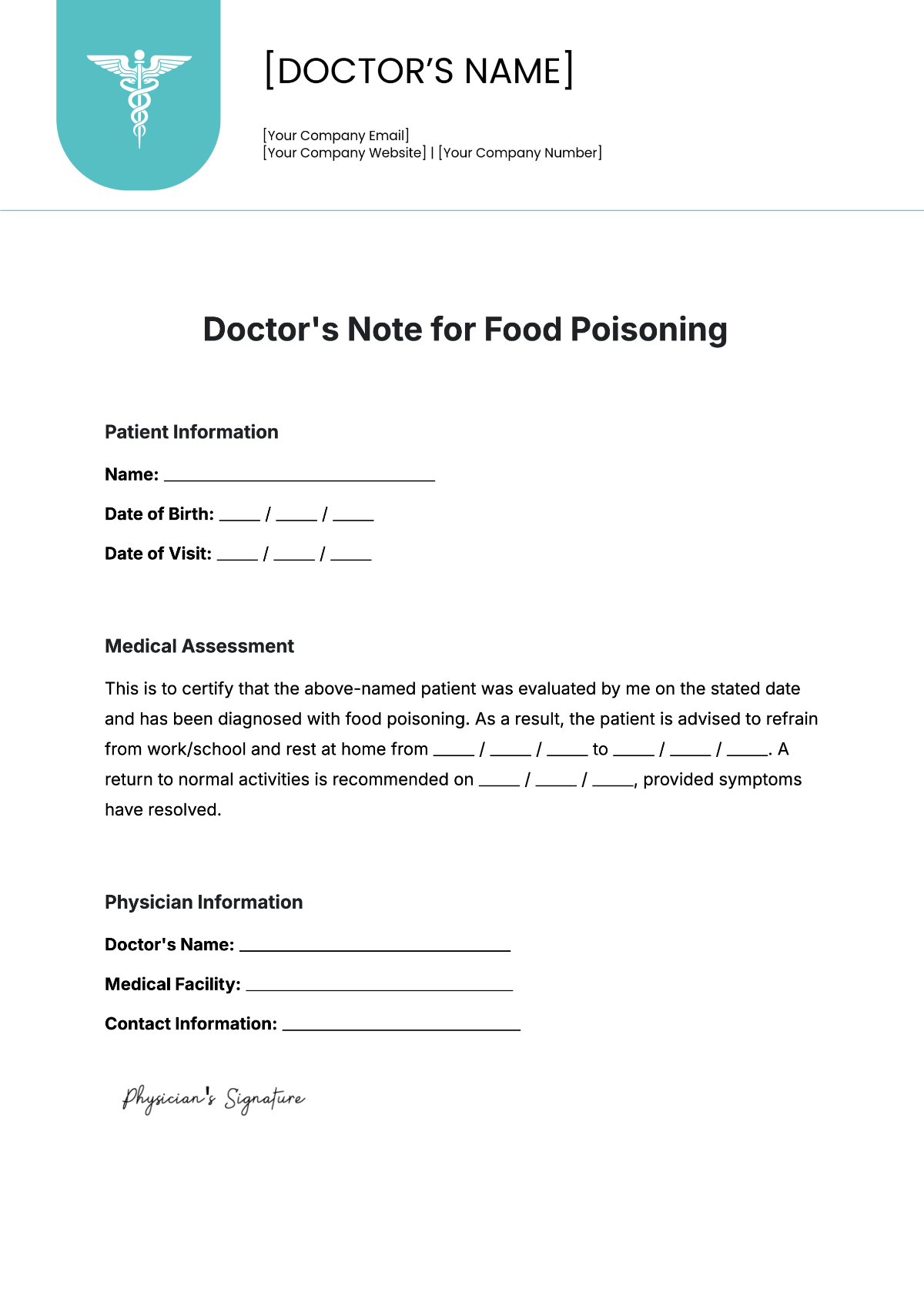Fake Dr Note Return To Work
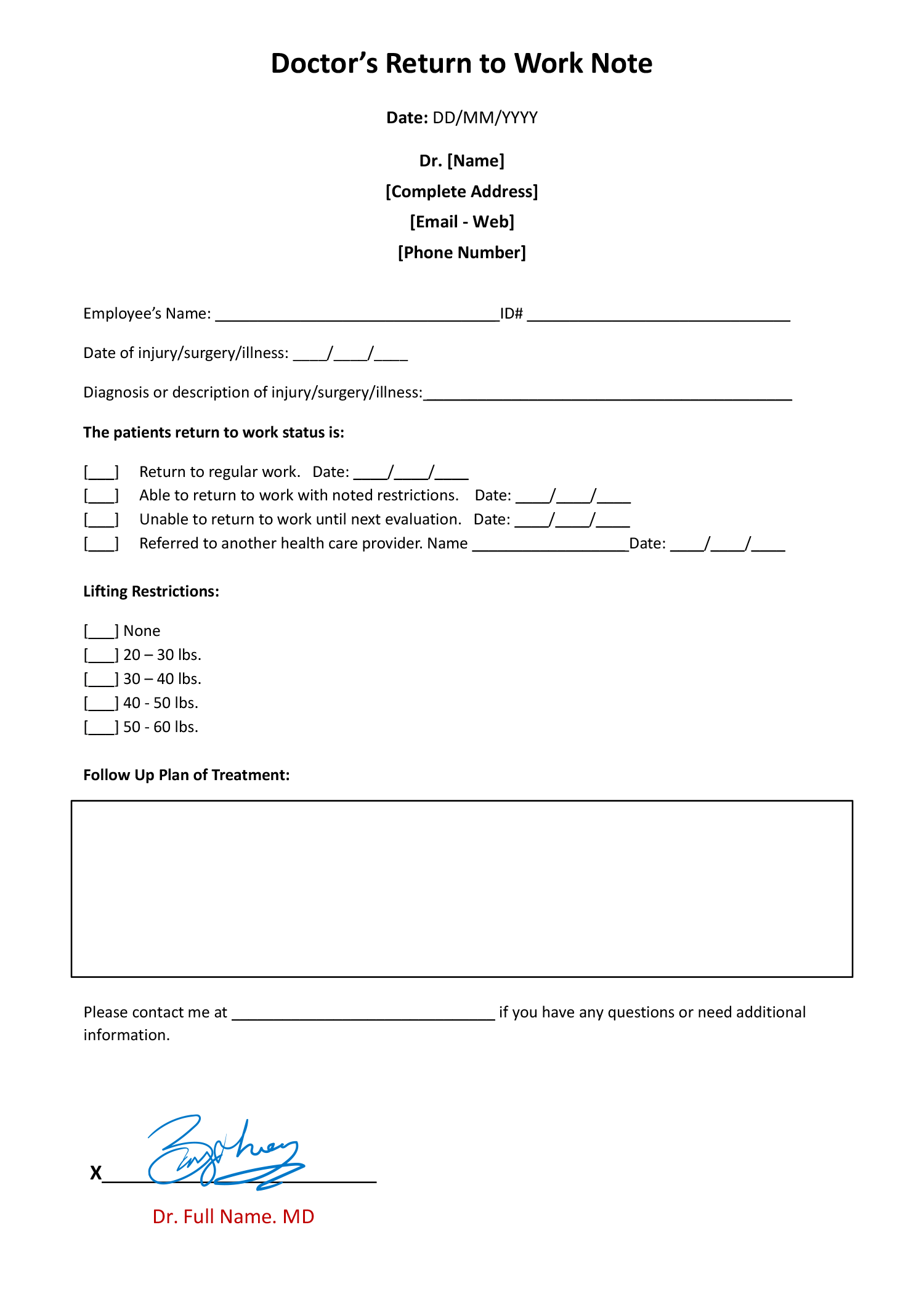
A surge in counterfeit doctor's notes submitted by employees seeking to justify absences and early returns to work is alarming employers nationwide, prompting investigations and policy revisions.
This escalating trend, fueled by readily available online templates and a desire to circumvent legitimate medical leave protocols, poses significant challenges to workforce management, potentially impacting productivity and raising legal concerns.
The Rise of the Forged Excuse
Instances of fake doctor's notes are becoming increasingly common, with human resources departments reporting a noticeable uptick in suspicious submissions.
Many forged notes bear telltale signs, including generic language, inconsistent formatting, and readily identifiable fake doctor signatures.
HR Dive reported a 20% increase in suspected fraudulent leave requests in the past year, a significant portion attributed to digitally altered or completely fabricated medical documents.
Who is Involved?
Employees across various industries and job levels are implicated in the use of fake doctor's notes.
Anecdotal evidence suggests a correlation between demanding work environments, pressure to minimize absences, and the fabrication of medical excuses.
Employers range from small businesses to large corporations, all vulnerable to this form of workplace deception.
What is Happening?
The practice involves employees creating, purchasing, or altering medical documents to falsely claim illness, injury, or medical appointments.
These notes are then presented to employers as justification for time off or to prematurely end medical leave, often without a genuine medical basis.
The content of these forged documents commonly includes fabricated diagnoses, falsified appointment dates, and signatures that do not match registered medical professionals.
Where is This Occurring?
This issue is not confined to a specific geographical region. It's a nationwide phenomenon impacting workplaces across the United States.
Online forums and social media groups dedicated to sharing templates and advice on creating fake doctor's notes further contribute to its widespread nature.
States with stringent sick leave laws have witnessed a higher incidence of suspected fraudulent activity.
When Did This Become a Problem?
While the use of fake doctor's notes is not new, the problem has intensified in recent years, particularly since the rise of readily accessible online resources.
The COVID-19 pandemic and subsequent fluctuations in sick leave policies may have exacerbated the issue, leading some employees to resort to deception.
A 2022 survey by the Society for Human Resource Management (SHRM) indicated that 60% of HR professionals reported facing challenges related to managing employee leave requests, including suspected fraud.
How Are Employers Responding?
Employers are taking various steps to combat the use of fake doctor's notes.
These measures include verifying doctor information with state medical boards, implementing stricter documentation requirements, and utilizing third-party verification services.
Some companies are also investing in employee education programs to emphasize the importance of ethical conduct and the consequences of falsifying documents. Legal action, including termination, is a possible outcome.
The Legal Ramifications
Submitting a fake doctor's note can have serious legal consequences for employees.
Depending on the circumstances, it could be considered fraud, forgery, or misrepresentation, potentially leading to disciplinary action, termination of employment, and even criminal charges.
Employers also face legal risks if they fail to adequately address suspected fraudulent activity or if they discriminate against employees based on perceived medical conditions.
Moving Forward
The fight against fake doctor's notes is an ongoing challenge for employers.
HR departments are urged to review and strengthen their leave policies, implement robust verification procedures, and provide training to managers on identifying and addressing suspicious behavior.
Continued collaboration between employers, legal professionals, and medical boards is essential to effectively combat this growing problem. Ongoing monitoring of online resources that promote or facilitate the creation of fraudulent documents is also necessary.
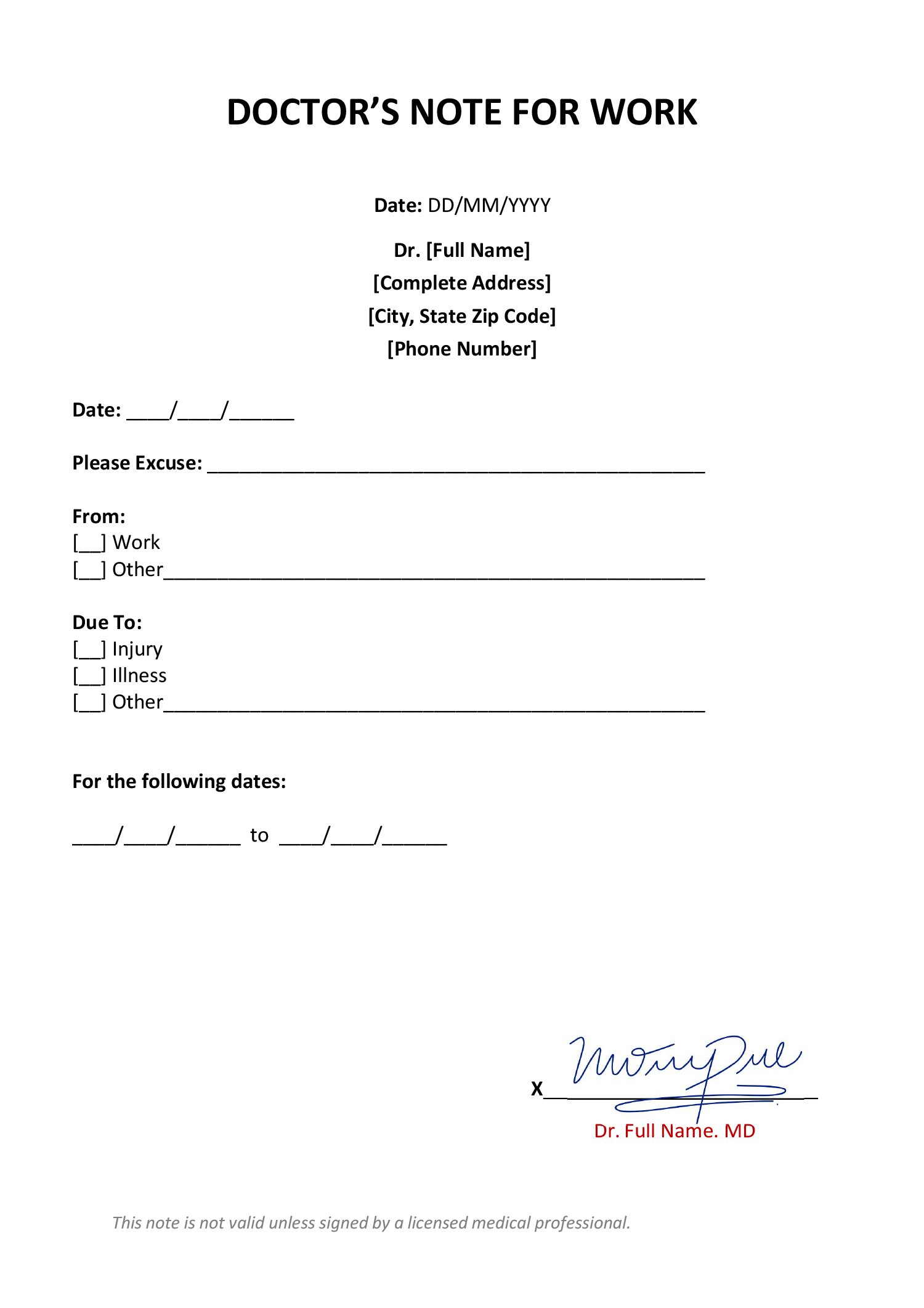


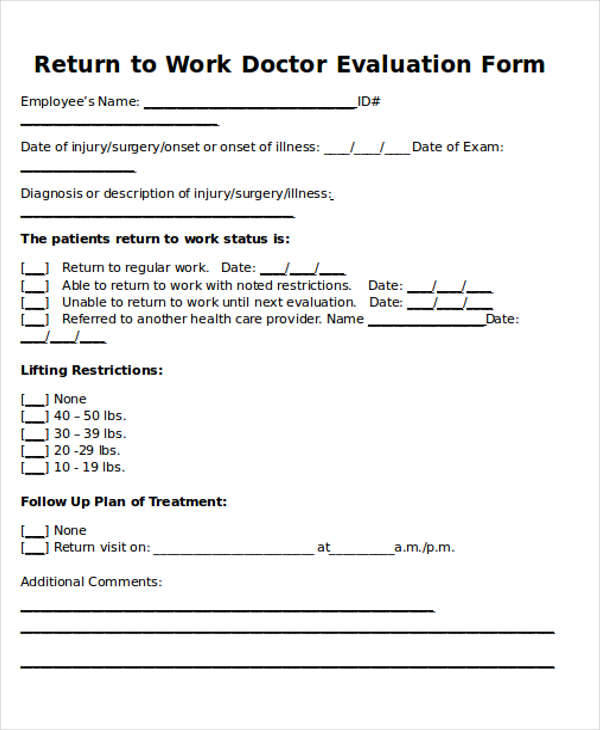

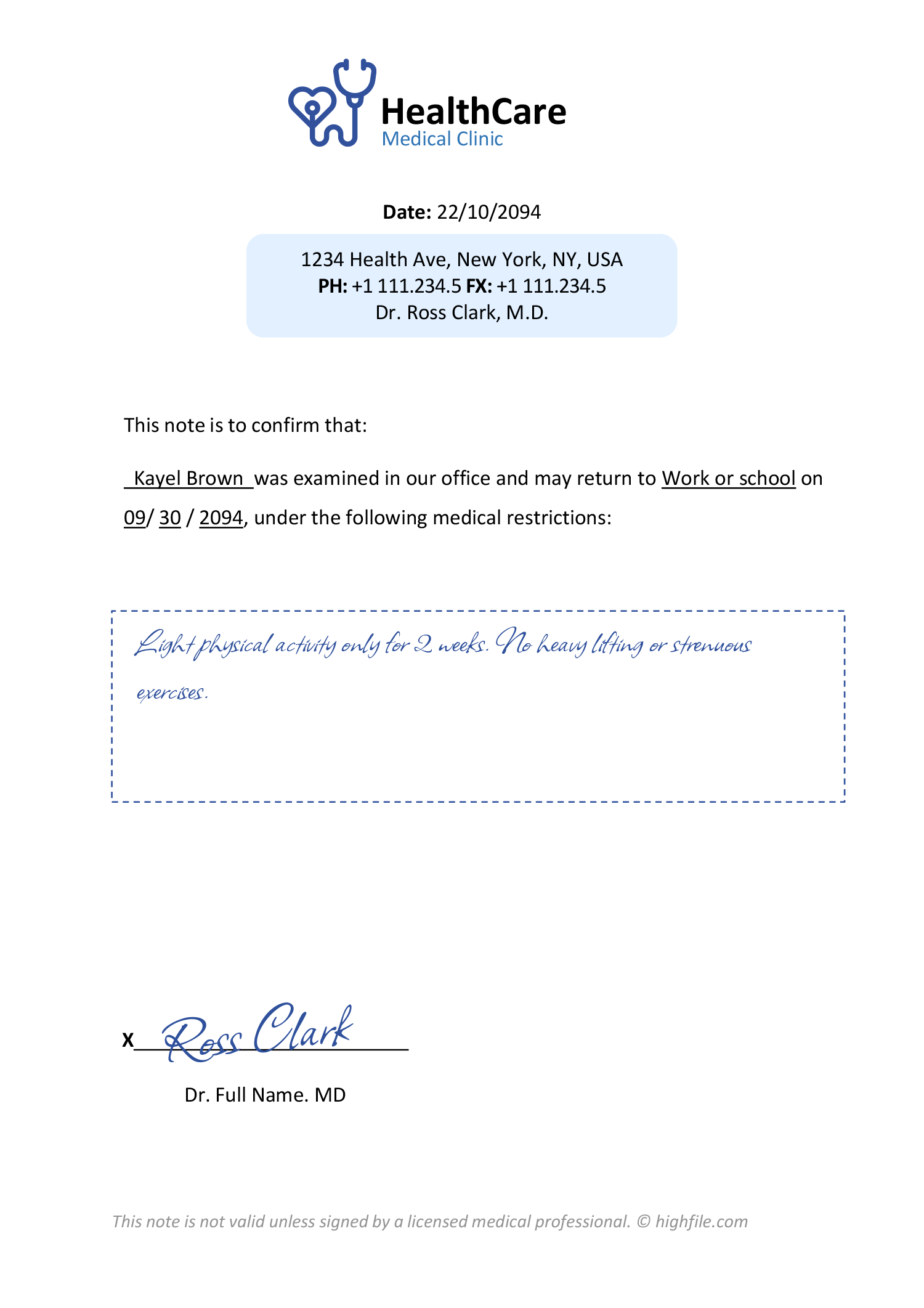

![Fake Dr Note Return To Work Doctors Note Printable Template in PDF, Word [Editable]](https://i0.wp.com/templatediy.com/wp-content/uploads/2022/07/Fake-Doctors-Note-Pdf-scaled.jpg?fit=1810%2C2560&ssl=1)


